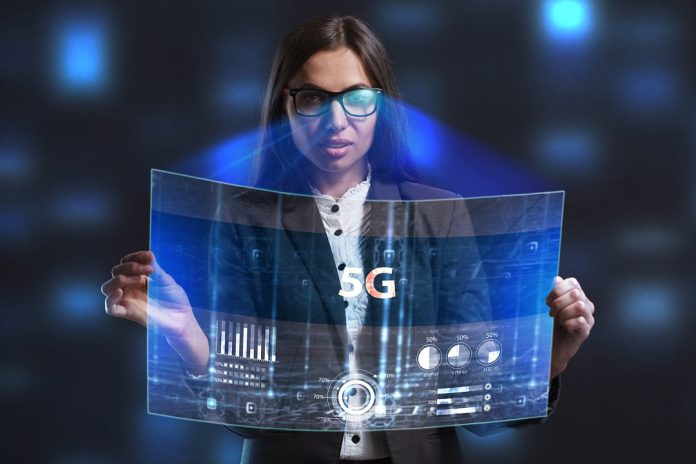THE push towards 5G is gathering momentum, with Telstra switching on 5G-enabled public hotpots on the Gold Coast not long after Spark NZ conducted New Zealand’s first 5G mobile test in Wellington. 5G delivers lightning fast download and upload speeds that will change the way information is exchanged, facilitating video as the super sensor.
TELSTRA’S hotspots are at Southport’s Scarborough and Nerang Streets and employ 5G backhaul and infrastructure at the exchange to a standard Wi-Fi point to ensure 5G can be accessed on existing devices to give download speeds higher than 3Gbps.
According to Telstra’s group managing director networks, Mike Wright, the telco intends to roll out 5G services widely in 2019.
“This shows how quickly the technology is evolving,” Wright said. “At the start of the year our 5G prototype device was the size of a bar fridge and weighed more than 200 kilograms. Now, in collaboration with Intel and Ericsson, that has been shrunk down to the size of a personal computer and can be installed in a car.”
Meanwhile, NZ Minister of Broadcasting, Communications and Digital Media, Clare Curran, became the first member of the public to run a 5G speed test achieving speeds of over 9 Gigabits per second in Wellington – the speed was 90x faster than Fast Ethernet’s 100Mbps and 100x faster than 4G wireless.
Spark’s managing director Simon Moutter said Spark is now moving 5G from a concept to reality.
“Spark is very excited to be leading the 5G race with this trial, and we intend to be at the forefront of deploying this technology in New Zealand once the required spectrum is made available,” Moutter said. “We want to be ahead of the pack in preparing for it, testing it, in deploying it, and we want to be the partner of choice for those New Zealand businesses starting to think about its uses in their industry. We’ve fast-tracked our plans and are committed to creating a 5G Lab in Auckland later this year, where customers can work with us.
“Many people have now heard of concepts like self-driving cars, smart cities, virtual and augmented reality. Unleashing the full potential of these concepts will require a faster wireless network with a super-fast response time,” Moutter explained.
“5G will deliver significantly faster speeds and more capacity than previous mobile technology and will support the connectivity of multiple devices with very low response times. It will take us from a world of connecting people to each other and the internet to a world of connecting almost everything.”
5G networks will give consumers a better mobile experience in more locations. Increased network capacity will support more users, even in crowded areas, such as large public events, and at peak times. Faster network speeds will also enable consumers to view rich content in more places, supporting the streaming of live events and high-resolution media. As 5G networks mature, they will support the widespread and dense deployment of sensors and other network-connected devices by significantly reducing their power requirements and providing flexible coverage across different spectrum bands.
There’s significant development elsewhere, too. AT&T reports that it will roll out a 5G network in a dozen U.S. markets, based on newly released standards by the international wireless standards body 3GPP, by the end of 2018.
“5G will change the way we live, work and enjoy entertainment,” says Melissa Arnoldi, president, AT&T Technology and Operations. “We’re moving quickly to begin deploying mobile 5G this year and start unlocking the future of connectivity for consumers and businesses. With faster speeds and ultra-low latency, 5G will ultimately deliver and enhance experiences like virtual reality, future driverless cars, immersive 4K video and more.”
This proliferation of the Internet of Things (IoT) across industries is expected to produce significant productivity benefits and support integration between sectors as part of massive machine type communications (mMTC). When it comes to critical communications, low latency and ultra-reliable communications networks will support the delivery of critical communications, to support public safety use and playing role in the technology ecosystem supporting autonomous vehicles. In addition to automation, critical communications will also help to support technological advancement in areas including robotics and artificial intelligence – that’s likely to include electronic security applications.
The International Telecommunication Union (ITU) has developed draft technical specifications for 5G which include but are not limited to:
* High data rates (1 Gbps for hotspots, 100 Mbps download and 50 Mbps upload for wide-area coverage)
* Massive connectivity (1 million connections per square kilometre)
* Ultra-low latency (1 millisecond)
* High reliability (99.999 per cent for mission critical ultra-reliable communications), and
* Mobility at high speeds (up to 500 km/h).












